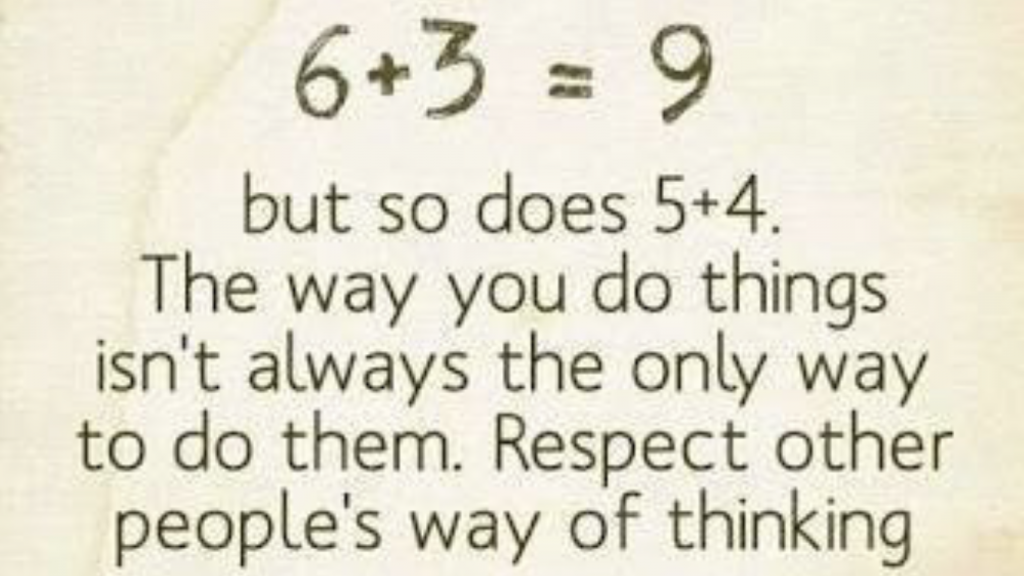Liar, liar pants on fire. . .
No one wants to get caught in a lie and appear to be dishonest or deceptive. But does telling a lie actually make you either of those things?
THE ULTIMATE TRUE OR FALSE:
Is there anything
C A R I N G C A T A L Y S T
a b o u t T H A T. . .
The truth is, there are some advantages to lying; and they aren’t always for self-gain. Sometimes people choose to lie to protect others and spare their feelings. Because let’s face it, the truth hurts.

Why do we even lie?
We all need to take a moment to be honest with ourselves and admit that we all lie. It is in our innate nature to deceive and sometimes protect.
Yes, we sometimes tell lies to cover up bad behavior, manipulate others, or rise to power and attain what we want.
But we also lie to spare the feelings of others, avoid unnecessary conflict, or to simply brighten up someone’s day.
Dishonesty is in our nature.
Researchers believe that the act of lying came into play after the development of language. It is the evolution of deceptive strategy, just as animals use camouflage to deceive their predators or prey.
In terms of efficiency, lying is the easiest way to rise to power and attain resources. If your enemy is larger and stronger than you, then physical force will not be very effective. But if you are able to outwit and manipulate your enemy; not only can you acquire their resources, but make them believe that it was their idea own idea.
How often do we lie?
This of course is relative to the individual. The frequency of lying was first documented by social psychologist Bella DePaulo.
She asked 147 individuals to record their blips of dishonesty throughout the day. On average, her subjects lied at least twice a day. The lies themselves were relatively harmless in nature; innocuous excuses for instances such as lateness. Or fibs that present a false image; saying that you ran 5 miles instead of the truthful 2.
We’ve been fibbing since we learned to talk.
In actuality, we are conditioned to lie at a young age. Didn’t your parents tell you to always thank your host for that “delicious” meal that you had to choke down? Social graces aside, it’s still a lie.
Children typically learn to lie between the ages of 2-5. Kang Lee, a psychologist from the University of Toronto studied children between the ages of 2-8 to gauge the kind of lies that children tell.
When children first begin to lie at the age of 2, it is an indication that they are starting to test out their independence. They lie simply to see what they can get away with.
By the age of 8, the children actually have the capacity of lying to spare the feelings of others. The results of the study actually found that these lies are motivated by empathy and compassion rather than deceit and manipulation.

Lying is a reflection of our goals.
Sometimes you don’t even need to open your mouth to tell a lie. A simple facial expression is enough to convey a mistruth.
Embellishments, exaggerations, these are the close counterparts to outright lies. But in this case, these lies are almost never malicious. But in fact, a projection of one’s aspirations.
In an experiment conducted by Robert Feldman, he questioned a number of students about their grades and efforts in school. Most of them were dishonest about their actual grades. But instead of becoming anxious as most people do amidst a lie, they became incredibly engaged and excited to boast about their achievements.
“We lie if honesty won’t work”- Tim Levine
Is there a difference between moral and immoral lying? If we’re being honest with ourselves, the answer is a resounding yes. Some lies are well intentioned- meant to protect those who are being lied to.
Lying has even been found to have psychological benefits for the liar. Those who are extremely honest with themselves are more prone to depression than those who are not. Overtly honest people are often construed as blunt, sometimes even pathological.
There are even interpersonal benefits to be gained from lying and knowing when it is okay to do so. In fact, if someone detects that you have lied to them to protect them, it could increase the trust that they have in you.
These well intentioned lies are known as pro-social lies.
Lying for the better good.
Pro-social lying involves four distinct constructs of human capacity: theory of mind, compassion, memory and imagination.
In this case, our choice to lie is a result of moral and emotional reasoning. We prioritize kindness over the importance of truth to spare other persons involved. As our brains develop, our moral reasoning progresses at the same rate as self-control as well as cognitive ability.
Further still, the most selfless of lies is known as a blue lie. These lies tend to be altruistic falsities that are actually told at the cost of the liar to protect someone else. In this case, we might subject ourselves to punishment for the wrongdoing of others.

Honestly, lying isn’t so bad.
What determines the magnitude of the lie is the intent behind it. Lies that are told to protect others can actually help to strengthen relationships. Other lies that are told to embellish ones image are debatably harmless.
It all boils down to one fact- we all have our reasons for the lies that we tell and the facts that we choose not to share. At the end of the day and the beginning of any others, what we don’t know won’t hurt us. Sometimes a tiny lie is necessary to ensure that all is well and all runs smoothly.
Maybe this is the better question:
WHAT’S YOUR INTENTION ?
Is it to be hurtful. . .
Is it to be helpful. . .
Will this LIE better YOU ?
Will this LIE lessen Another ?
Will it reflect the greatest glaring flaw of being a Caring Catalyst. . .
T R U T H S:
When you have a chance to be RIGHT or KIND
ALL-WAYS. . A L W A Y S
BE K I N D
THERE’S ALWAYS MORE THAN ONE SIDE OF THE TRUTH
R E S P E C T O T H E R S
B E K I N D
Just Don’t See all sides of the TRUTH
B E A C A R I N G C A T A L Y S T:
R E C O G N I Z E
it’s m u l t i c o l o r s. . .
T R U T H F U L L Y
G E N U I N E L Y
A C C U R A T E L Y
A U T H E N I C A L L Y
V E R A C I O U S L Y
Be in A W E of it A L L



